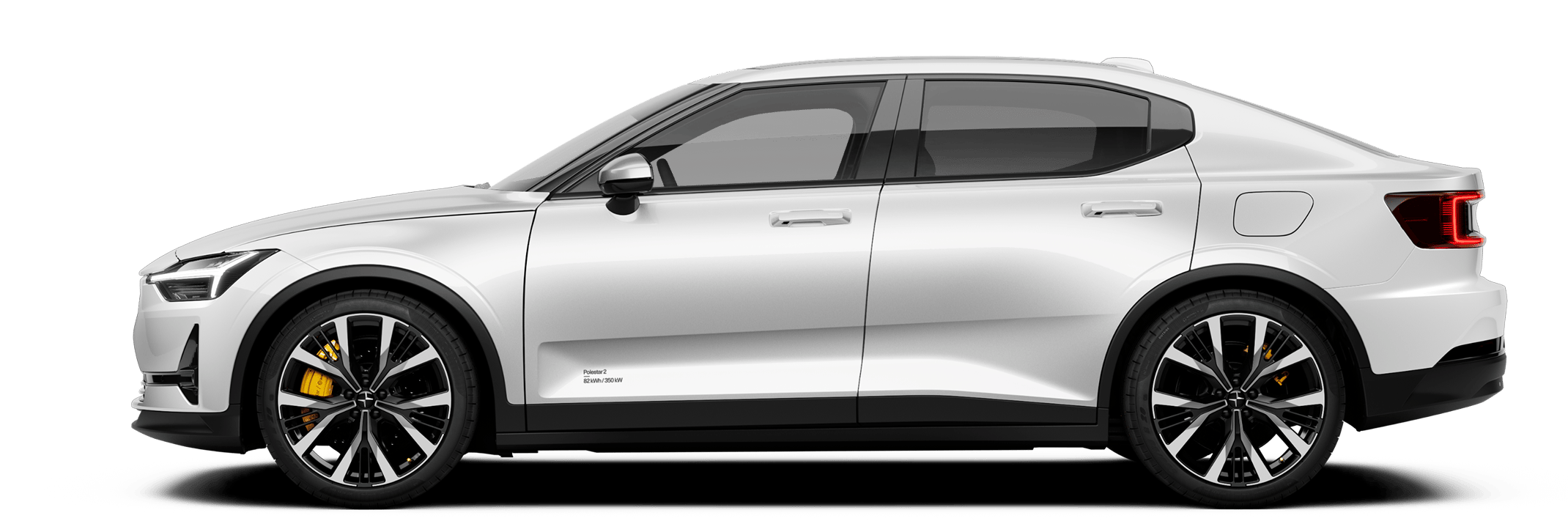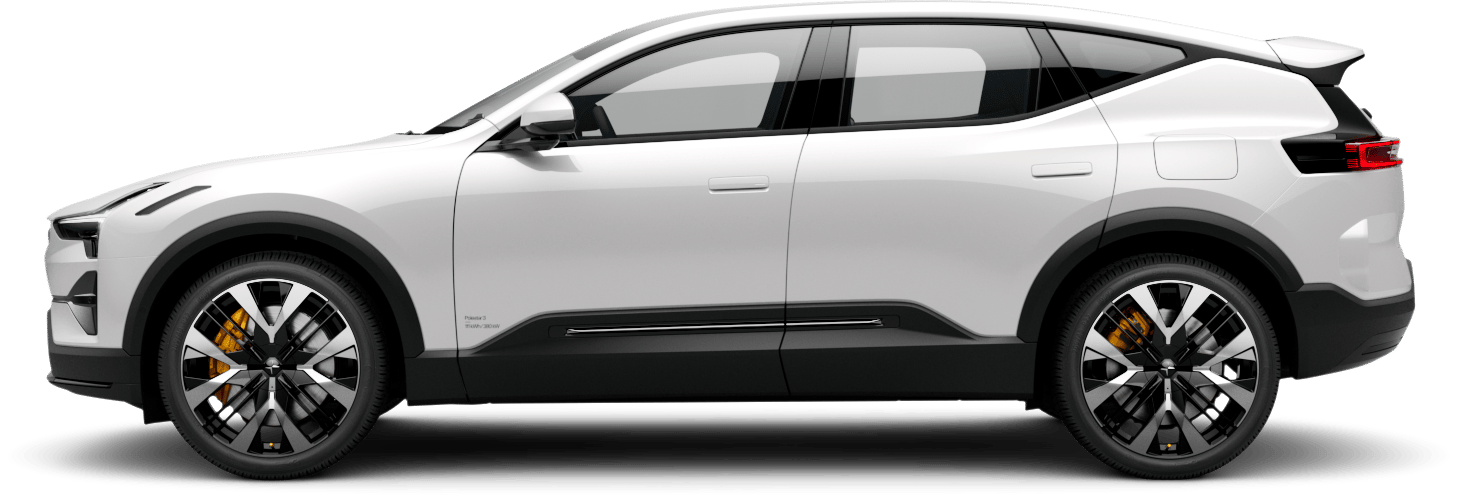The Ultimate EV Handbook: (Almost) everything you need to know about charging
Confused by charging speeds? Baffled by V2G and other acronyms? In this series we simplify everything to do with the electric vehicle, kicking off with the sometimes overly complex world of EV charging.

So, you are ready to give up burning fossil fuels and want to explore a quieter, greener, more engaging way to travel.
Well done you, and a warm welcome to the future.
Despite the gung-ho attitude and a desire to be part of a transportation revolution, you may still have a number of questions — a few areas you are still unfamiliar with — that need addressing before you dive into the brave new world that is EV ownership.
In this series, handily titled The Ultimate EV Handbook, we explore a number of common queries that are often raised by those looking to become a proud owner of a Polestar. Here, we are seeking to arm you with the facts, so you can stride confidently towards electric propulsion.
This month, we delve into the world of charging and the myriad ways you can ensure the batteries are brimmed before, during, and after every journey, exploring both the most cost and time-effective solutions for various scenarios.
Our expert and guiding light for this edition is Emanuella Wallin, Product Owner for Charging and Energy at Polestar, who has been at the forefront of everything to do with the charging experience at the company for over three years.
What Emanuella doesn’t know about topping up EV battery packs isn’t worth knowing…


One hurdle that new EV owners might find intimidating is knowing exactly what equipment they might need
No place like home
If you own a driveway, have access to off-street parking, or a garage with power, by far the easiest, most convenient and often cheapest way of topping-up an EV is by installing a home charger.
Similar to plugging in a smartphone, tablet, or any other electronic device, connecting at home means a Polestar’s batteries can be charged when the vehicle is not in use and often when charging tariffs are at their cheapest.
With typical charging speeds pegged at 7kW (or 11kW if opting for a more comprehensive install), it takes around average 11-13 hours to fully charge a Polestar 2. But plugging in regularly means battery packs are rarely fully depleted, so it’s more likely that you will need just a few hours tethered to ensure the car — and range — is good to go for the next journey.
“One hurdle that new EV owners might find intimidating is knowing exactly what equipment they might need at home, how to install it, and the costs involved,” Emanuella explains.
“We recently partnered with home charging solutions provider Zaptec which means Polestar buyers can now explore and specify home charging installation at the point of purchase, with the fee all rolled into the overall price of the vehicle,” she says.

Smart charging
In addition to more convenient charging, plugging in at home also brings with it serious cost-saving benefits. Another recent partnership, this time between Polestar and smart charging management experts Jedlix, means Polestar owners will automatically receive the cheapest energy rates when charging.
“Jedlix essentially manages the energy flow between the grid and the vehicle, only charging when the tariffs are at their cheapest to help reduce overall bills. This tie-in is also the first step towards a true Virtual Power Plant, where energy providers can use energy stored in the vehicle’s battery to help stabilise the grid.
“The best part is that the owner is financially rewarded with cheaper charging thanks to this and doesn’t have to do anything, as it’s all managed by software,” she adds.
The next step on this journey is for EV owners to be able to sell energy stored in a Polestar battery back to the grid when demand is at its peak, known as Vehicle to Grid or V2G, reducing the reliance on power stations and making electricity cheaper and more accessible for everyone.
Seeing as the average vehicle is only on the move for around six hours per week, with the ability to remain tethered to a charger 95 per cent of the time, the ability to not only draw energy from the grid when required, but also give back to it opens up an entirely new way of powering our cities and urban areas.
Owners no longer have to jump through hoops when accessing the public charging network
Going public
Embarking on an epic road trip? Can’t install a home charger? Fret not, because the rapidly expanding public charging network has your back… and there’s a solution to suit most needs and budgets.
If you’re not in a rush, it is more cost effective to seek out a slow charger (typically in the region of 7kW to 22kW), as these are nearly always cheaper. Plugging in when out shopping, at the gym or at work can be a great way of achieving a full charge for minimal cost and without impacting your daily schedule.
More time-strapped top-ups require a faster charger and Polestar vehicles are capable of charging at speeds of up to 205kW. This means a 10-80 per cent charge in a Polestar 2 takes just 28 minutes from the appropriate rapid charging or ultra-fast charging outlet. In the future, this number will come down even further with recent tests showing charging times of 10 minutes for a 70 per cent charge.
“To make life even more convenient, Polestar has now launched Plug & Charge in the Polestar Charge app, so owners no longer have to jump through hoops when accessing the public charging network,” Emanuella explains.
Let us explain: due to the myriad public charging providers, it’s sometimes the case that users require signing up for a specific smartphone app, registering for an RFID card, or navigating complicated websites just to get juice flowing into an EV.
“Polestar Plug & Charge does away with the need for any of that,” Emanuella says. “All the necessary authentication data is safely stored within the car and then sent in an encrypted state to the charging outlet as soon as the owner plugs in,” she adds.
By utilising Plugsurfing software, the Polestar Charge app provides Polestar drivers with unique access to charging stations throughout Europe. With no need to navigate hundreds of different apps, Plug & Charge really is as simple as plugging in and charging.
Words by: Leon Poultney








